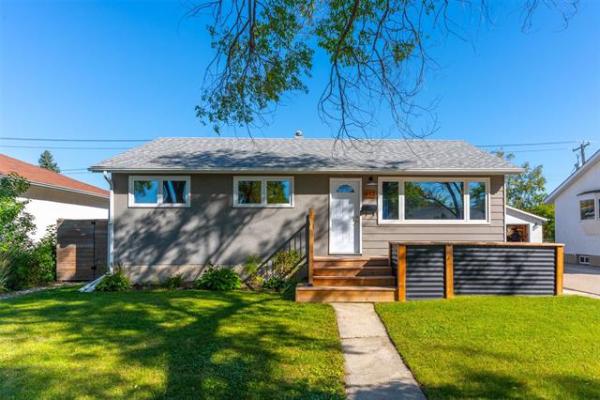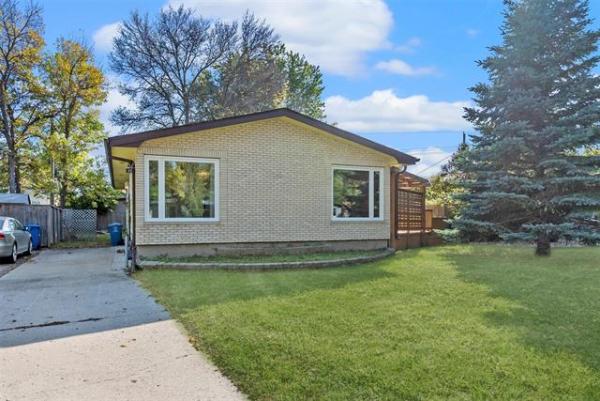On Sunday, we turned our clocks back an hour. It was also a good time to change the batteries in smoke alarms and carbon-monoxide (CO) detectors (as batteries need to be changed twice a year, doing it when we change the clocks makes it easy to remember).
But it's also time to think about a silent killer in every home: radon.
November is Radon Action Month, aimed to boost awareness of the gas that is the leading cause of lung cancer in non-smokers. If you're a smoker and have elevated radon levels in your home, over time your chance of developing lung cancer is one in three. It's estimated that radon causes 3,200 lung cancer deaths a year in Canada.
What really gets me is that these deaths could be avoided.
What is radon?
Radon is a colourless, odourless, radioactive gas that comes from the breakdown of uranium, which is found in rocks, soil or water. When diffused into the open air, radon isn't dangerous. It becomes a problem when it gets trapped and accumulates, such as in a home.
Most homes are more tightly sealed -- which is great for energy-efficiency, but not if you have a radon problem.
Because radon is a gas, it seeps into homes very easily, through small cracks in the floor slab, foundation, crawl spaces, the sump pump and openings for venting and plumbing. It can even get in through the water supply.
How much radon is safe?
Every home has some radon in it, depending on geography. The question is how much? The only way to know is with a test.
Health Canada recommends that radon in indoor air should not exceed 200 becquerel per cubic metre (Bq/m3; becquerel is an international standard unit of radioactivity). I recently saw a house that had more than eight times that amount. Think that's bad? I've heard of homes having more than 2,300 Bq/m3. One home in Quebec had 20,653 Bq/m3, while the house next door had only 125 Bq/m3 -- and it had a crawl space with a dirt floor.
Testing is essential
There's no telling if a home has a radon problem, and that's why testing is so important.
There are short- and long-term radon tests. You can also buy radon test kits, but testing isn't so simple. Do it wrong and you compromise the results. For example, you have to place the device a certain distance away from walls, the ceiling, floor and other objects, and it can't be near any vents.
You also have to keep all your windows and doors shut during the testing period, which is typically between three to five days for short-term testing and a minimum of three months for long-term testing. The best time to test is during winter, when we keep our windows and doors shut the most.
Hire a pro who is certified by the Canadian-National Radon Proficiency Program (C-NRPP). You can find these pros on the C-nrpp.ca website. They'll drop off the device, place it, pick it up when testing is complete, send it to the lab and deliver the results.
If your home has elevated radon levels, they can help you take the necessary steps to make it right and find a certified radon-mitigation contractor. And the good news is fixing the problem is relatively inexpensive.
Get your home tested for radon. It could save a life.
Watch Mike Holmes on Holmes Makes It Right on HGTV. For more information visit makeitright.ca.



